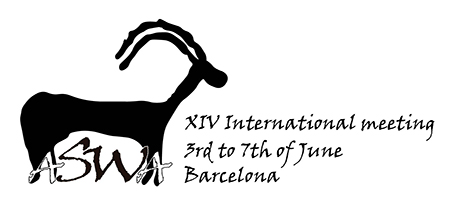This paper presents the results of the zooarchaeological studies at Tatarlı Höyük during Hellenistic Period. The site is located 35 km. east of Ceyhan district of Adana (Southern Mediterranean) and placed at the entrance of the Tatarlı district and is also placed on junction of important routes that have been used since the earliest times in history as well as today.The analyzed sample includes more than 2500 fragments retrieved during archaeological excavation. The animal exploitation in the site was largely based on pastoralism and rarely countered by hunting activities, which lead to discover of a very differentiated assemblage of wild animals. When we look at the mammalian fauna, the large number of sheep and goat bones have been found, followed by cattle and pigs. Furthermore, equids, carnivores, camel, deer and a small number of birds, fish, beaver and jaw remains of striped hyena are also represented in the Tatarlı faunal assemblages. It is understood that main animal economy concentrated on sheep, goat, cattle and pig, and they were also the most important animals in the local food economy. In addition, fox and dog remains were recovered from Hellenistic pit number 11, cut marks were also observed on these bones. The function of pit number 11 is defined as for ritual activities, and associated with the cult of Zeus Olybris, known with Eastern Çukurova Region.
- Poster

 PDF version
PDF version

